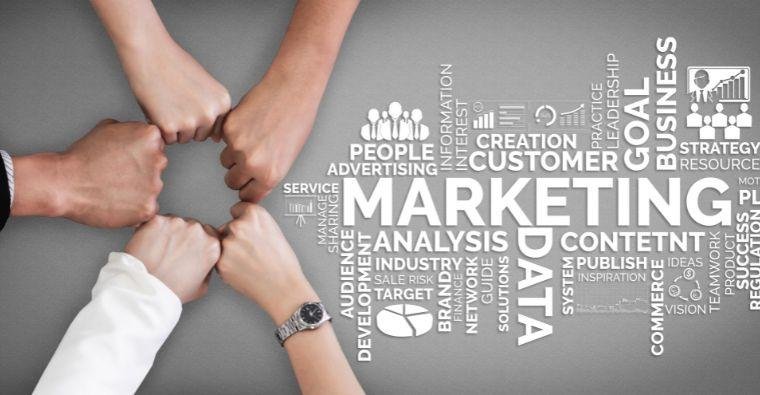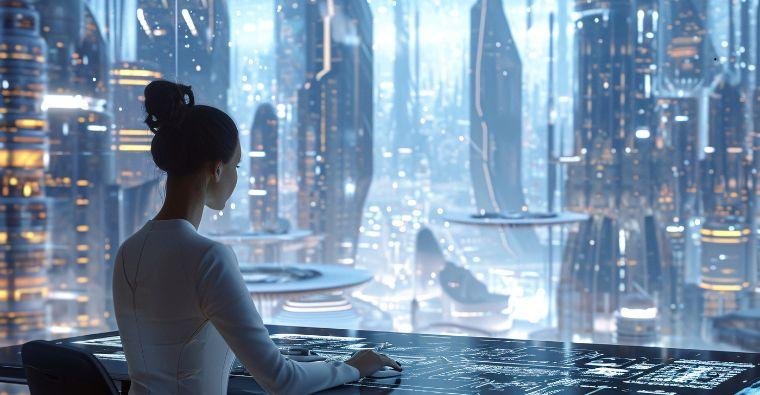Understanding Product Design
Product design is the process of creating a new product to be sold by a business to its customers. It encompasses a variety of disciplines, including industrial design, engineering, and user experience design. The goal is to make products that are functional, aesthetically pleasing, and user-friendly while addressing market demands.
The Traditional Design Process
Historically, product design followed a linear path, often consisting of the following stages:
Research: Gathering data on market needs, consumer behavior, and existing products.
Concept Development: Brainstorming and sketching ideas based on research findings.
Prototyping: Creating physical or digital prototypes to test the design concept.
Testing: Evaluating prototypes through user feedback and testing to identify issues.
Finalization: Making necessary adjustments and preparing for production.
Launch: Introducing the product to the market.
The Shift to User-Centered Design
As consumer preferences became more prominent in the design process, the focus shifted towards user-centered design (UCD). UCD prioritizes the needs, preferences, and experiences of users throughout the product development cycle. Key elements of UCD include:
Empathy: Understanding the user's perspective and pain points.
Iterative Design: Continuously refining designs based on user feedback.
Collaboration: Involving cross-disciplinary teams, including designers, engineers, and marketers.
The Role of Technology in Product Design
Technological advancements have revolutionized product design in various ways:
Computer-Aided Design (CAD): CAD software allows designers to create detailed digital models of products, facilitating precision and ease in modifications.
3D Printing: Rapid prototyping through 3D printing enables designers to create tangible prototypes quickly, reducing development time and costs.
Virtual Reality (VR) and Augmented Reality (AR): VR and AR tools provide immersive experiences for testing and visualizing products before they are built, enhancing user feedback.
Data Analytics: Analyzing consumer data helps identify trends, preferences, and pain points, guiding design decisions based on real-world insights.
Sustainability and Ethical Considerations
With increasing awareness of environmental issues, product design has also evolved to incorporate sustainability and ethical considerations. Key aspects include:
Eco-friendly Materials: Using sustainable materials to minimize environmental impact.
Life Cycle Assessment (LCA): Evaluating the environmental effects of a product throughout its lifecycle, from production to disposal.
Circular Design: Creating products designed for longevity, repairability, and recyclability, contributing to a circular economy.
Agile Methodologies in Product Design
The adoption of agile methodologies has further transformed the product design process. Agile focuses on flexibility, collaboration, and rapid iteration, allowing teams to adapt quickly to changes in market demand and user feedback. Key features of agile product design include:
Scrum Framework: Implementing short sprints to focus on specific design tasks and deliverables.
Cross-functional Teams: Encouraging collaboration between designers, developers, and stakeholders for improved outcomes.
Regular Feedback Loops: Continually gathering user feedback to inform design improvements.
Bringing Products to Market
Successfully bringing a product to market involves several crucial steps:
Market Analysis: Conducting thorough research to identify target audiences, competitive landscape, and market opportunities.
Marketing Strategy: Developing a comprehensive marketing plan that outlines promotional strategies, pricing, and distribution channels.
Launch Execution: Coordinating all aspects of the product launch, from production to marketing, ensuring a smooth introduction to the market.
The Future of Product Design
As we look to the future, product design will continue to evolve, driven by emerging technologies and changing consumer expectations. Anticipated trends include:
Integration of Artificial Intelligence (AI): Utilizing AI to personalize product experiences and automate design processes.
Increased Focus on User Experience (UX): Prioritizing seamless user experiences across all touchpoints.
Global Collaboration: Leveraging remote collaboration tools to enable diverse teams to work together effectively across geographies.




